
Published in the United States of America
by Cherry Lake Publishing
Ann Arbor, Michigan
www.cherrylakepublishing.com
Printed in the United States of America
Corporate Graphics Inc
September 2011
CLFA09
Consultants: Karen OConnor, co-owner, Mother Earth Gardens, Minneapolis, Minnesota; Gail Saunders-Smith, associate professor of literacy, Beeghly College of Education, Youngstown State University
Editorial direction:
Lisa Owings | Design and production:
Craig Hinton |
Photo credits: Dave Hughes/iStockphoto, cover, 1; Shutterstock Images, 5, 7, 15, 20; Dmitri Sevcenko/Fotolia, 8; Steve Shoup/Bigstock, 11; S.J. Krasemann/Photolibrary, 12; Chad Zuber/Shutterstock Images, 16; Dreamstime, 18; Clay Perry/Photolibrary, 19; Andrew F. Kazmierski/Shutterstock Images, 22; Fabio Fersa/Shutterstock Images, 23; Gladskikh Tatiana/Shutterstock Images, 27
Copyright 2012 by Cherry Lake Publishing
All rights reserved. No part of this book may be reproduced or utilized in any form or by any means without written permission from the publisher.
Library of Congress Cataloging-in-Publication Data
Hirsch, Rebecca E.
Science lab. The life cycles of plants / by Rebecca Hirsch.
p. cm. (Language arts explorer. Science lab)
ISBN 978-1-61080-204-8 ISBN 978-1-61080-293-2 (pbk.)
1. PlantsJuvenile literature. 2. Plant life cyclesJuvenile literature. I. Title. II. Title: Life cycles of plants. III. Series: Language arts explorer. Science lab.
QK49.H57 2011
580dc22
2011015129
Cherry Lake Publishing would like to acknowledge the work of The Partnership for 21st Century Skills. Please visit www.21stCenturySkills.org for more information.
TABLE OF CONTENTS
You are being given a mission. The facts in What You Know will help you accomplish it. Remember the clues from What You Know while you are reading the story. The clues and the story will help you answer the questions at the end of the book. Have fun on this adventure!
YOUR MISSION
All plants, from the tiniest weeds to the tallest trees, go through similar stages of life. They move through these stages in some of the hottest, coldest, driest, and wettest places on Earth. Your mission is to find out how scientists study the life cycles of plants. What kinds of experiments help them understand how plants survive in tough places? What kinds of questions do they ask? Read the facts in What You Know, and then start your mission to discover the lives of plants.
WHAT YOU KNOW
 Every green plant needs the same things to survive: sunlight, air, water, and room to grow.
Every green plant needs the same things to survive: sunlight, air, water, and room to grow.
 The parts of a plant work together. Roots soak up water. Leaves make food from sunlight. The stem carries food and water to the rest of the plant.
The parts of a plant work together. Roots soak up water. Leaves make food from sunlight. The stem carries food and water to the rest of the plant.
 Many plants make flowers. The purpose of a flower is to make seeds. Seeds are the offspring of plants.
Many plants make flowers. The purpose of a flower is to make seeds. Seeds are the offspring of plants.

 Mushrooms are a type of fungus. Both mushrooms and plants grow in the ground, but they are different. Plants make their own food from sunlight. Mushrooms do not.
Mushrooms are a type of fungus. Both mushrooms and plants grow in the ground, but they are different. Plants make their own food from sunlight. Mushrooms do not.
Ryo Tanabe is a reporter from Green Kids magazine. He has been sent to interview experts and investigate the life cycles of plants. Carry out your mission by reading his journal.
A plant begins life as a seed. At first, the seed is dormant, or asleep. The seed awakens only when the conditions are just rightthe right amount of warmth and moisture. Some seeds need sunlight, and others need a cold spell. Then the seed starts to grow.
When a seed starts to grow, we say it germinates. First, the seed soaks up water. Then the seed coat, a protective shell around the seed, cracks open. A tiny root pokes out and pushes downward through the soil. A tiny shoot pokes out and grows upward through the soil. The shoot breaks through the soil to the sunlight, and the first leaves open. This tiny plant is called a seedling.
These are the first few stages of a plants life cycle. I am here at Borealis Nursery in Wisconsin to learn more. Michelle Velasquez works at Borealis, where plants are grown to sell in stores. She is showing me around.
She opens the door to a greenhouse, and we walk inside. Even though it is cool outside, it feels warm and tropical inside. We walk down the center aisle, looking at the plants, which are growing in pots on tables.
Ms. Velasquez shows me pots with tiny plants poking out of the soil. They are snapdragon seedlings. Nearby, some bigger snapdragons are growing. They are bushy and have pink flowers.

Here is what I learn about how snapdragons grow: After the seed germinates, the seedling grows and grows. It gets taller and sprouts more leaves. Soon it is ready to make flowers. Flowers allow plants to reproduce, or make offspring. The offspring are the seeds.
With seeds, the whole life cycle starts again, Ms. Velasquez says. It begins with a seed and ends with more seeds.

Ms. Velasquez tells me she is testing how different growing conditions affect the snapdragons life cycle. Here is how her experiments work: All the plants are grown in the same soil, with the same light, and at the same temperature. Then she changes just one thing. This month, she has given one set of plants more water than the others. Every week she measures how tall the plants are and counts how many flowers they have. If she sees a difference, she knows it is because those plants received different amounts of water. This way, she can find the best way to grow snapdragons for the nursery.
POLLINATION
Flowers make pollen. Before a seed can grow, the powdery pollen must be spread to a part of the flower called the stigma . Snapdragons rely on bees to pollinate them. Before a bee lands, the flower is closed, and a flap of petal covers the opening. The bee, covered in pollen from other flowers, lands on a petal that looks like a landing pad. If the bee is the right size and weight, the flap pops open. The bee crawls inside. As it searches for nectar to eat, the bee brushes against the stigma, pollinating the flower. Other flowers rely on moths, birds, or bats to pollinate them. Some flowers spread their pollen on the wind.


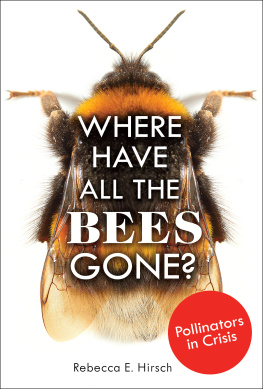
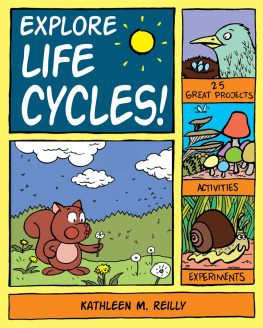
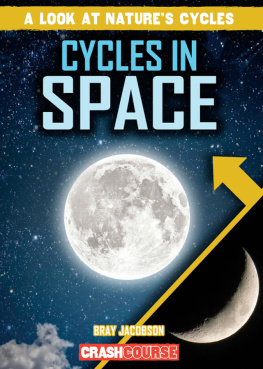
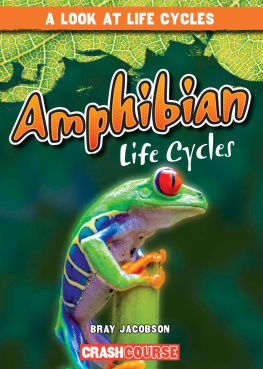


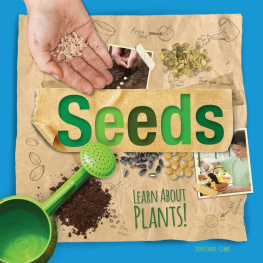
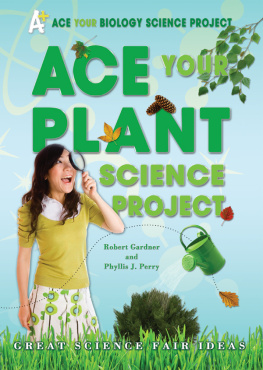




 Every green plant needs the same things to survive: sunlight, air, water, and room to grow.
Every green plant needs the same things to survive: sunlight, air, water, and room to grow.

